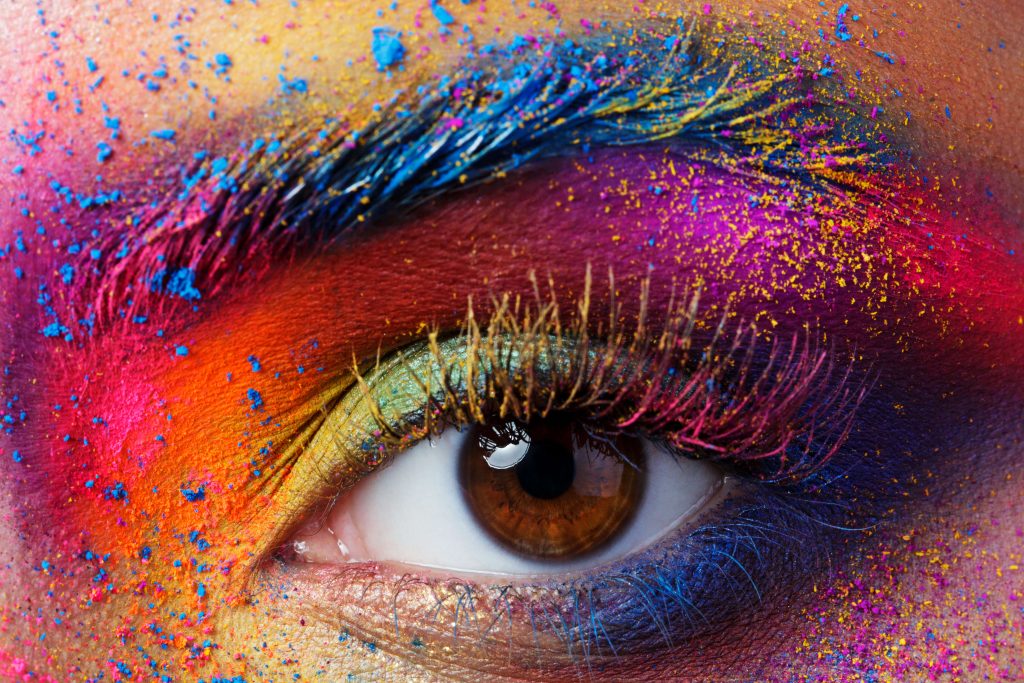
Colors surround us every day, influencing our moods, behaviors, and overall well-being. From the calming blue of a clear sky to the vibrant red of a blooming rose, the psychology of color plays a significant role in how we perceive and interact with the world around us. In this exploration of color psychology, we’ll dive into the fascinating ways different colors impact our emotions and contribute to our sense of well-being.
The Language of Color
Color is a universal language that transcends cultures and borders. It communicates emotions and messages even before we utter a word. Each color carries its own unique symbolism and emotional associations, and understanding this language can empower us to make intentional choices in our surroundings.
The Calm of Cool Colors
1. Tranquil Blue: Blue is often associated with serenity, calmness, and relaxation. It’s the color of the sky and the ocean evoking a sense of peace and stability. Rooms painted in shades of blue can create a soothing atmosphere, making them ideal for bedrooms and meditation spaces.
2. Refreshing Green: Green is the color of nature, symbolizing growth, renewal, and harmony. It can have a calming and refreshing effect, making it an excellent choice for spaces where relaxation and balance are essential, such as living rooms and home offices.
3. Soothing Purple: Purple combines the calming properties of blue with the energy of red. It represents spirituality, creativity, and luxury. Light purple hues can create a sense of tranquility, making them suitable for bedrooms and spaces dedicated to self-expression.
The Vibrancy of Warm Colors
1. Energetic Red: Red is a color of passion, energy, and excitement. It can stimulate appetite and conversation, making it a popular choice for dining areas and kitchens. However, too much red can be overwhelming, so it’s best used as an accent color.
2. Cheerful Yellow: Yellow radiates positivity, joy, and optimism. It’s known to boost mood and creativity. While it can be an uplifting choice for kitchens and bathrooms, too much yellow can lead to feelings of restlessness, so moderation is key.
3. Invigorating Orange: Orange combines the energy of red with the cheerfulness of yellow. It’s associated with enthusiasm, warmth, and motivation. Orange accents in a room can provide a burst of energy, making it an excellent choice for workout spaces or home offices.
The Balance of Neutral Colors
1. Versatile Gray: Gray is a versatile neutral color that represents balance, stability, and sophistication. It serves as an excellent backdrop for other colors and can be used to create a modern and calming atmosphere in various spaces.
2. Timeless White: White symbolizes purity, simplicity, and clarity. It’s often used to create a sense of cleanliness and spaciousness. White rooms can feel open and inviting, making them a popular choice for bathrooms and living areas.
3. Grounding Brown: Brown is associated with earthiness, reliability, and comfort. It can create a warm and cozy ambiance, making it suitable for bedrooms and living rooms. Brown accents, such as wooden furniture, can bring a sense of grounding to a space.
Personal Preferences and Cultural Influences
While color psychology provides valuable insights into the emotional impact of colors, it’s essential to remember that individual preferences and cultural influences also play a significant role. What resonates as calming blue for one person might evoke different emotions for another. Therefore, when choosing colors for your living space, consider your own emotional responses and the cultural meanings associated with colors in your context.
In conclusion, the psychology of color is a powerful tool that can enhance our emotional well-being and the atmosphere of our living spaces. By understanding the emotional associations of different colors, we can create environments that support our mental and emotional health. Whether you seek tranquility in soothing blues, energy in vibrant reds, or balance in neutral tones, the world of color is yours to explore and harness for a happier and more harmonious life.

















